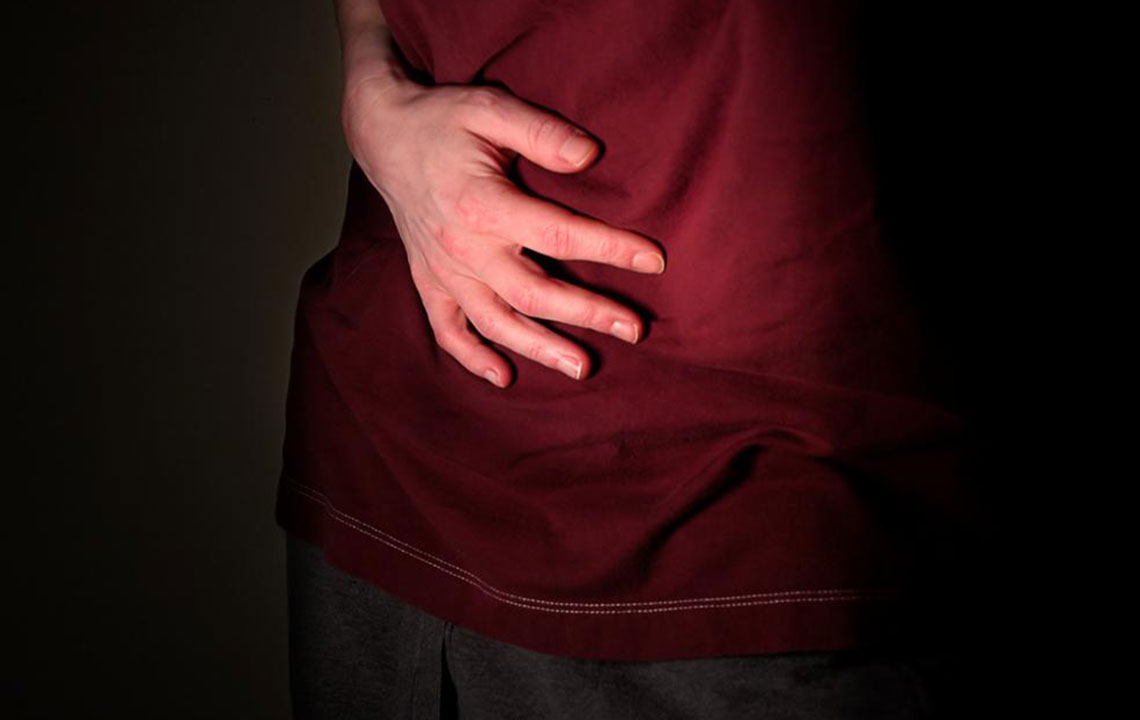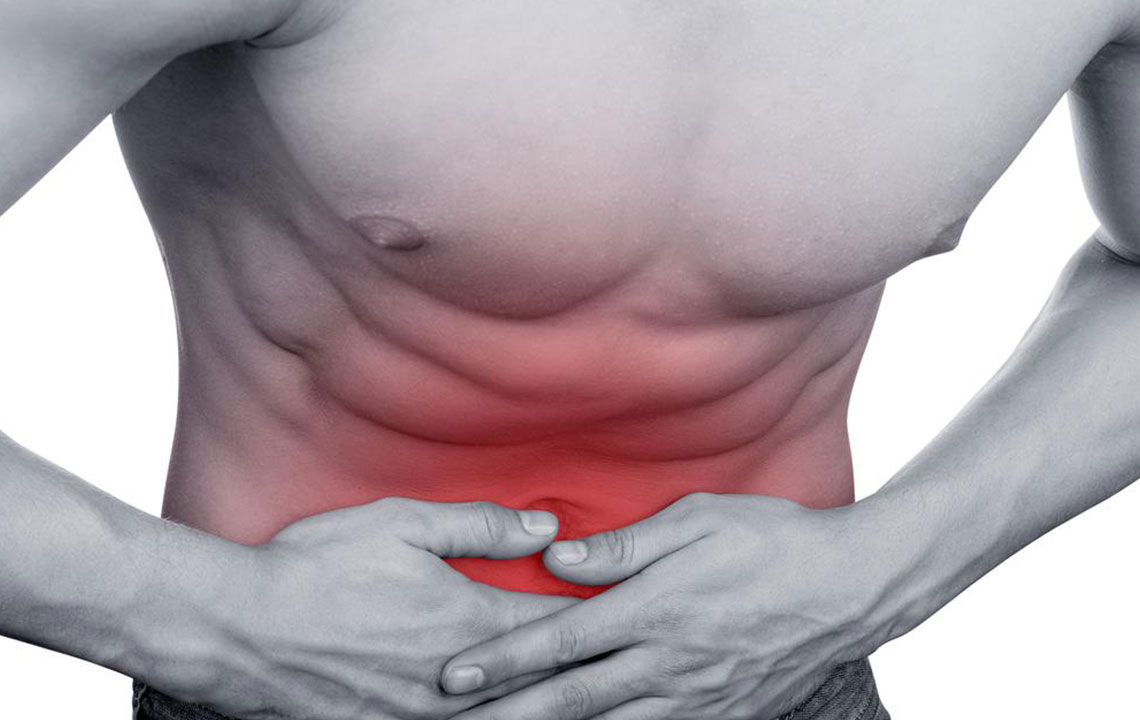Understanding Stomach Discomfort: Causes and Symptoms
This article provides an in-depth overview of stomach pain, exploring its various causes, symptoms, and when to seek medical help. It discusses pain locations, including upper and lower abdomen, and conditions like gastroenteritis, indigestion, IBS, and infections. Clear guidance is offered on recognizing serious issues that require urgent care, emphasizing the importance of understanding pain causes for effective treatment. Whether due to infections, dietary factors, or chronic diseases, the guide aims to help readers identify symptoms and seek appropriate medical attention promptly.

Stomach discomfort is a common issue that can cause unease in the chest and abdominal region. It varies from mild dull aches to intense stinging sensations, depending on the underlying condition. Severe pain or waves of discomfort can signal serious health issues. Causes of abdominal pain range from inflammation of the stomach lining and gallbladder problems to liver complications. The site of pain often provides clues about its origin, whether it's in the upper or lower abdomen, guiding appropriate treatment options.
Why Does Location Matter?
Many times, stomach pain results from indigestion, food poisoning, diarrhea, constipation, or gas buildup. Overeating is also a significant trigger for severe abdominal discomfort. Eating small, frequent meals can help prevent such pain.
Pain in the Upper Abdomen
If pain occurs in the upper stomach area, it may indicate urgent health issues such as gallbladder problems, pancreatic inflammation, or liver conditions. Immediate medical attention is crucial in these cases.
Pain in the Middle or Lower Abdomen
Pain near the navel may point to appendicitis or small intestine infection. Lower abdomen pain could signal colon issues, urinary tract infections, or pelvic inflammatory disease, especially in women. Symptoms like sharp pain, bloating, gastroenteritis, or acid reflux often accompany these conditions.
Common Causes of Stomach Pain
Viral, bacterial, or parasitic infections often cause intestinal disturbances. Other factors include dietary changes, excessive alcohol intake, ulcerative conditions like Crohn's disease or ulcerative colitis, menstrual cramps, or kidney issues.
Gastroenteritis
This condition brings about abdominal cramps, nausea, vomiting, and diarrhea caused by infections. Symptoms typically resolve within days, but persistent issues may require medical intervention, especially if accompanied by fever.
Indigestion
Indigestion occurs when food isn’t properly broken down, leading to gas buildup and sharp abdominal pain. It can cause bloating, bloated feelings, and discomfort in the stomach area.
Irritable Bowel Syndrome (IBS)
IBS weakens the digestive system, causing ongoing stomach pain, bloating, cramping, and nausea. It often co-occurs with respiratory symptoms and digestive irregularities.
Acid Reflux
This condition involves stomach acids moving upward, creating a burning sensation alongside cramps and bloating, often accompanied by chest discomfort.
Menstrual Cramps and Endometriosis
Women may experience abdominal pain, bloating, and cramps during menstruation. Severe cases like endometriosis lead to chronic inflammation and pain that can require medical management.
Urinary Tract and Bladder Infections
Bacterial infections like E. coli can target the bladder and urethra, leading to cystitis. Symptoms include lower abdominal pain, pressure, painful urination, and foul-smelling urine.










